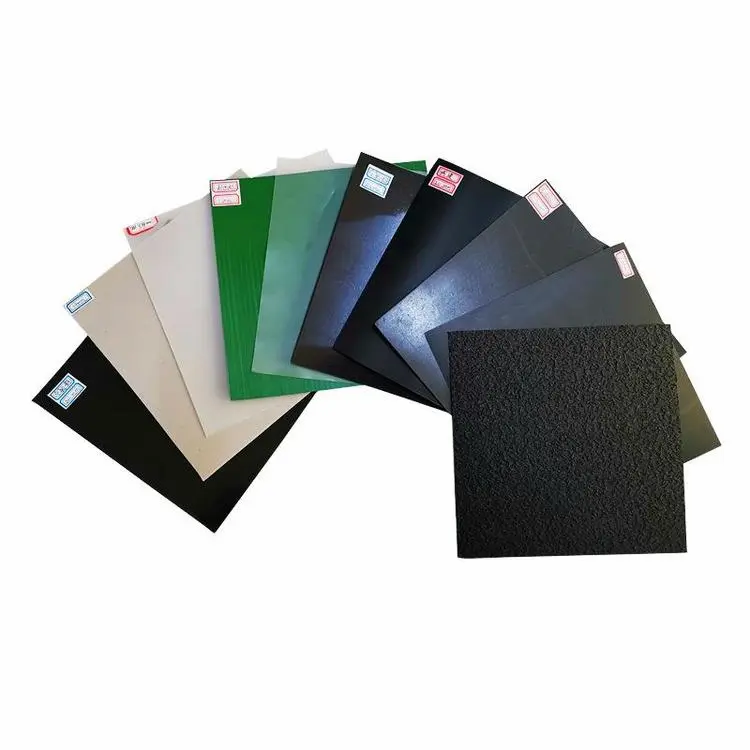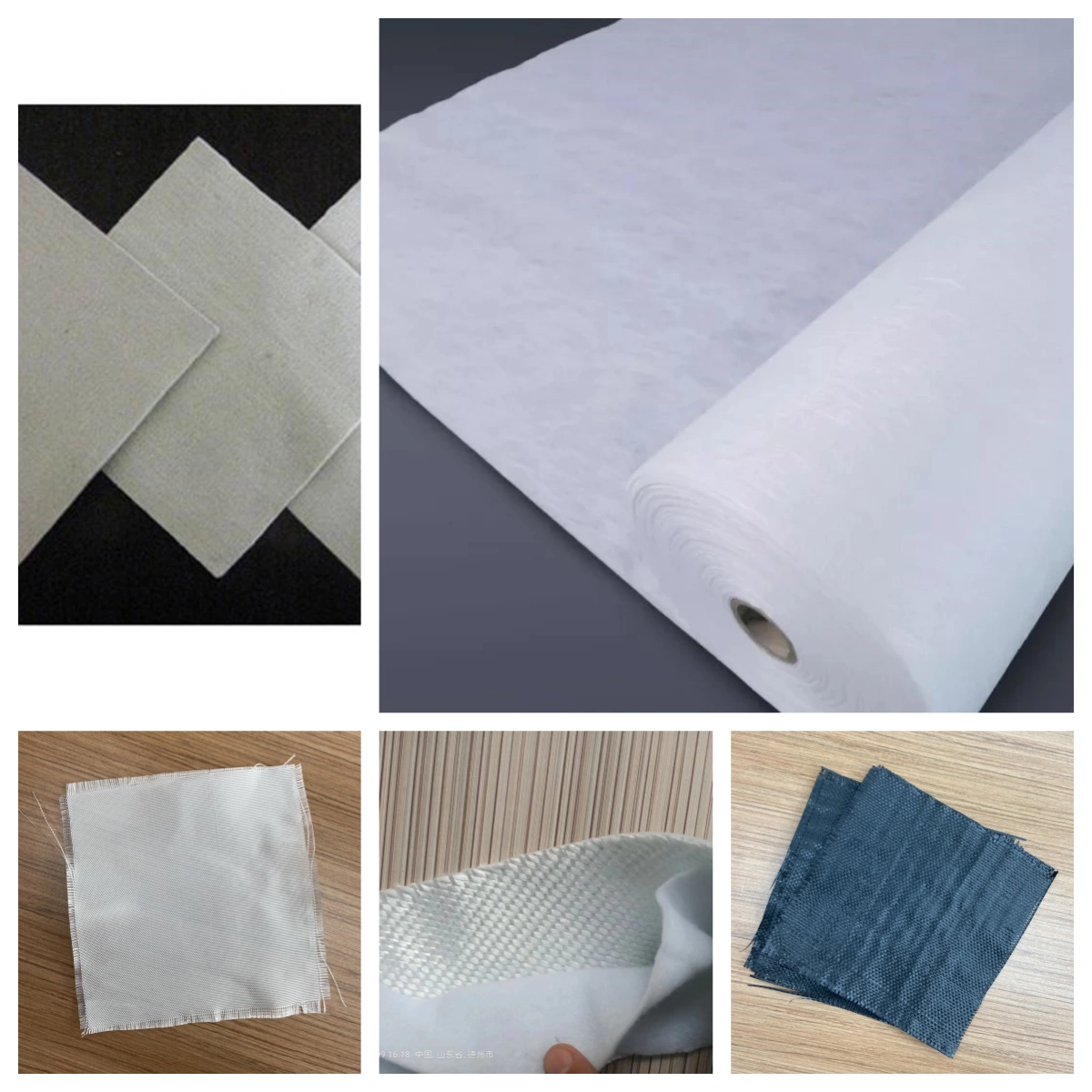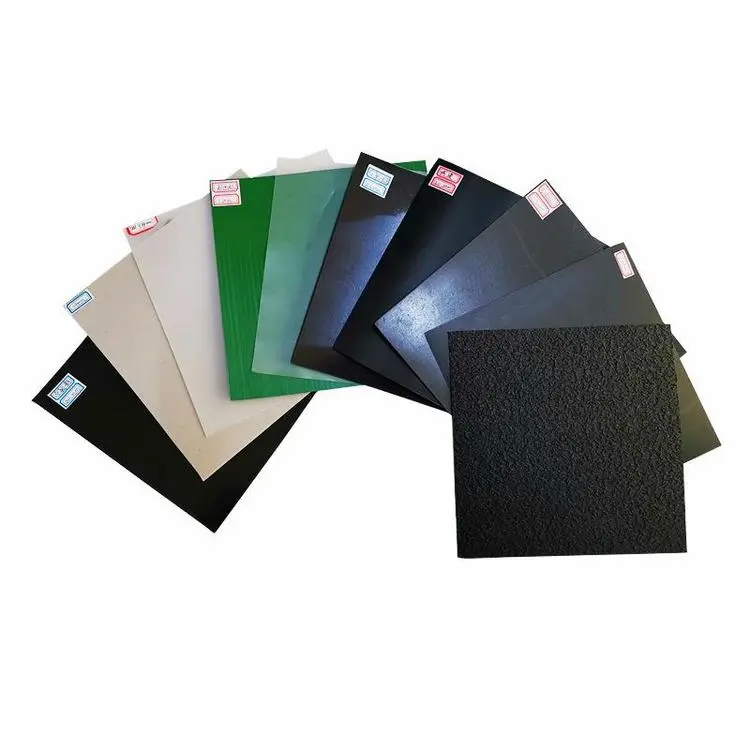Advantages, Challenges, and Future Prospects of Geosynthetic Materials in Road Construction
Road construction is a critical component of any nation's infrastructure, and the materials used in its construction have a significant impact on its durability, cost, and environmental impact. In recent years, geosynthetic materials have gained increasing popularity in road construction due to their numerous advantages. This article will explore the use of geosynthetic materials in road construction, their benefits, and some of the challenges associated with their application.
What are Geosynthetic Materials?
Geosynthetic materials refer to a broad class of synthetic materials that are used in geotechnical engineering applications. These materials are typically made from polymers such as plastics, synthetic fibers, and rubber. They are designed to interact with soil and other natural materials to enhance their performance. Common types of geosynthetic materials include geotextiles, geogrids, geocells, and geomembranes.

(Smooth Geomembrane、Textured Geomembrane、HDPE Geomembrane)
Applications in Road Construction
1. Separation and Stabilization: Geotextiles are widely used under paved and unpaved roadways to provide separation between different layers of materials. They prevent the mixing of incompatible materials, such as aggregate and fines, and help stabilize the soil structure. This enhances the load-bearing capacity of the road and reduces the risk of failure.
2. Reinforcement: Geogrids and geocells are used to reinforce the soil or aggregate base of roads. These materials are placed in the soil or aggregate and act as a reinforcement layer. They improve the strength and stiffness of the soil, making it more resistant to deformation and failure.
3. Drainage and Filtration: Geotextiles are also used in road construction for drainage and filtration purposes. They allow water to pass through while preventing the migration of fines and soil particles. This helps maintain the integrity of the road structure and prevents clogging of drainage systems.
4. Environmental Protection: Geosynthetic materials can also be used to protect the environment during road construction. For example, geomembranes can be used to create impermeable barriers that prevent the leakage of contaminants into the soil and groundwater.

(geotextiles:Short Staple Nonwoven Geotextile、Filament Nonwoven Geotextile、Filament Woven Geotextile、Woven Composite Geotextile、Flat Yarn Woven Geotextile)
Benefits of Using Geosynthetic Materials
1. Enhanced Durability: Geosynthetic materials improve the durability of roads by providing reinforcement and stabilization. This reduces the risk of failure and extends the lifespan of the road.
2. Cost Savings: While the initial cost of geosynthetic materials may be higher than traditional materials, their use can often lead to cost savings over the long term. This is because they reduce the need for maintenance and repairs, which can be expensive.
3. Environmental Benefits: Geosynthetic materials are often made from recycled materials, reducing the demand for new plastics and other polymers. Additionally, their use can help protect the environment by preventing the leakage of contaminants and reducing the amount of waste generated during road construction.
135014.webp)
(3D composite drainage net)
Challenges and Considerations
While geosynthetic materials offer numerous benefits in road construction, there are also some challenges and considerations to be aware of. These include:
1. Installation: Proper installation of geosynthetic materials is crucial to ensure their effectiveness. Improper installation can lead to failure and require costly repairs.
2. Compatibility: It is important to ensure that the geosynthetic materials used are compatible with the soil and other materials in the road structure. Incompatible materials can lead to premature failure.
3. Maintenance: While geosynthetic materials reduce the need for maintenance, they still require periodic inspection and maintenance to ensure their continued performance.
In conclusion, geosynthetic materials offer numerous benefits in road construction, including enhanced durability, cost savings, and environmental benefits. However, it is important to carefully consider their installation, compatibility, and maintenance requirements to ensure their successful application. With the continued development of new geosynthetic materials and technologies, their role in road construction is likely to expand in the future.
Our company is a leading player in the field of geosynthetic materials, dedicated to the research, development, and manufacturing of cutting-edge solutions. With a strong focus on innovation and quality, we strive to provide our clients with reliable and durable geosynthetic products that are tailored to meet their specific needs. Our team of experts possesses extensive knowledge and experience in the geosynthetic industry, ensuring that our products are designed to perform optimally in various soil and environmental conditions. We are committed to delivering excellence in every aspect of our business, from product development to customer service, and are proud to be a trusted partner in the geosynthetic materials industry. Welcome to consult!

897.webp)
942.webp)
237.webp)